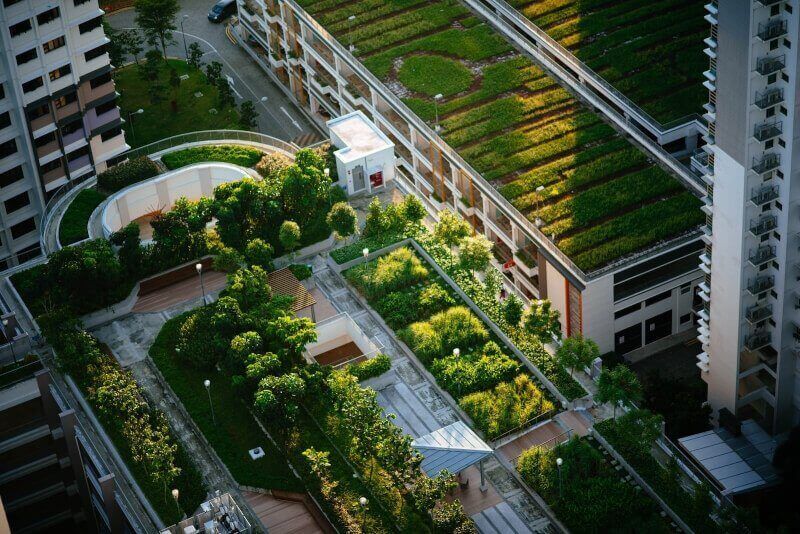In our final feature for this week’s *Green Thumb Gazette*, we turn our attention to urban gardening – a movement turning rooftops, balconies, and even windowsills into lush, green oases amidst the hustle and bustle of city life. Urban gardening not only beautifies our living spaces but also contributes to sustainability and community well-being.
**1. Understanding Urban Gardening**
Urban gardening involves growing plants in a city environment, often in limited spaces and sometimes through innovative methods like vertical gardens and hydroponics. It’s about making the most of available space and resources.
**2. Benefits of Urban Gardening**
– **Environmental Impact:** Plants in urban areas help reduce carbon footprint, improve air quality, and lower urban temperatures.
– **Health and Wellness:** Gardening has been shown to reduce stress, improve mental health, and encourage a healthier diet.
– **Community Building:** Urban gardens can foster a sense of community and provide opportunities for local engagement.
**3. Starting Your Urban Garden**
– **Assess Your Space:** Look at the space you have – a balcony, rooftop, or even a window ledge.
– **Choose Suitable Plants:** Opt for plants that match your space’s light and wind conditions. Herbs, leafy greens, and compact vegetables like cherry tomatoes are great for starters.
– **Container Gardening:** As discussed in our previous article, container gardening is a versatile option for urban spaces.
**4. Innovative Urban Gardening Techniques**
– **Vertical Gardening:** Utilize vertical space with wall planters, trellises, or hanging baskets.
– **Hydroponics:** This soil-less gardening method is efficient and can be set up indoors or in small outdoor spaces.
– **Window Farming:** A simple form of hydroponics that lets you grow plants in window-mounted bottles.
**5. Challenges and Solutions**
– **Limited Space:** Get creative with vertical solutions and multi-purpose furniture.
– **Watering:** Set up a consistent watering schedule. Drip irrigation systems can be a handy solution.
– **Pests and Pollution:** Choose hardy plant varieties and use natural pest control methods.
**6. Community and Rooftop Gardens**
– **Engaging in Community Gardens:** These shared spaces are great for growing larger crops and connecting with fellow urban gardeners.
– **Rooftop Gardens:** If accessible, rooftops can be transformed into productive green spaces.
Urban gardening is more than just a trend; it’s a vital part of creating sustainable, healthy, and vibrant urban communities. As cities continue to grow, these green spaces become essential for our well-being and the health of our environment.
Stay tuned for more inspiring stories and tips in the next issue of the *Green Thumb Gazette*. Here’s to making our urban world greener, one plant at a time!
—

